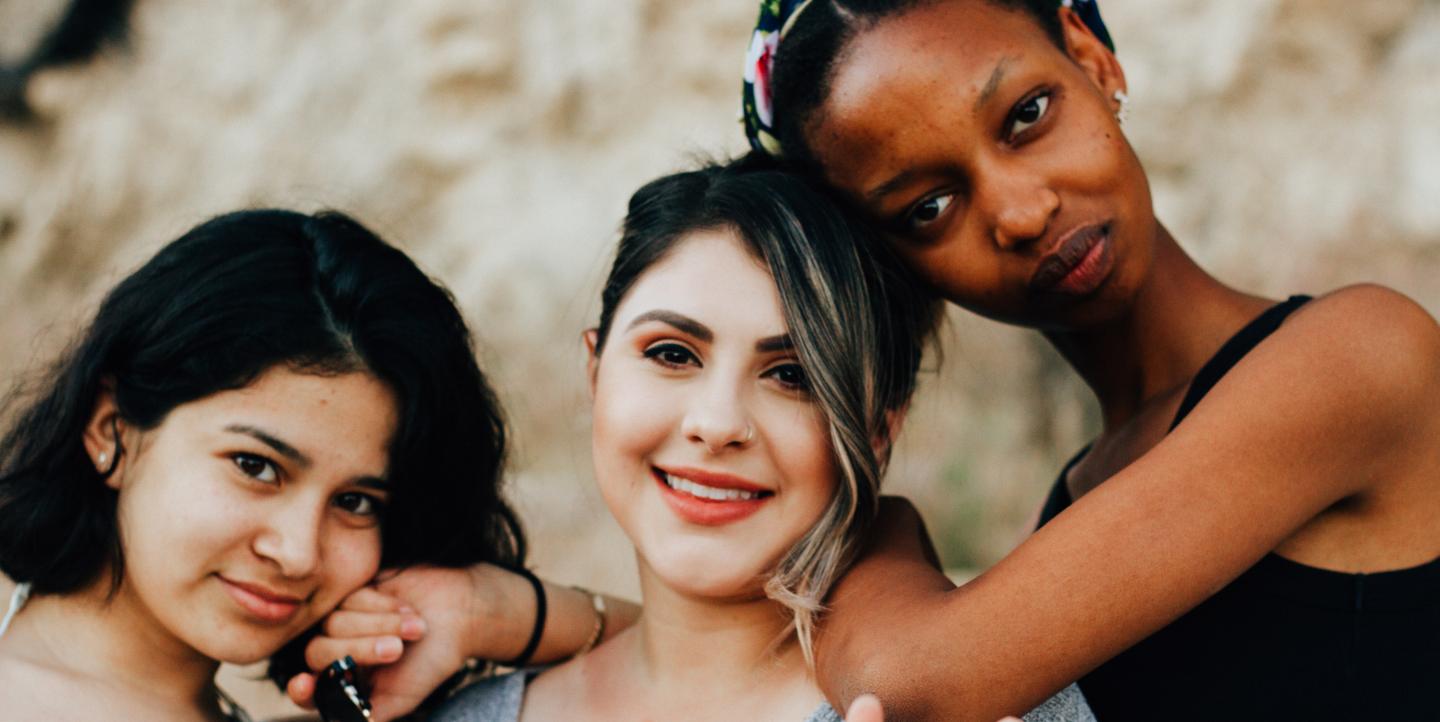The road towards gender equality is paved with better journalism — a journalism able to represent and treat women of all backgrounds as equal, and one that includes them in the news with respect and integrity.
But despite the best professional and ethical intentions, journalists are as much watchdogs as they are people with a personal history of unconscious biases and a cultural heritage of stereotypical views about gender-based roles and identities, as is reflected in many of the stories we read, watch and hear in the media.
In 2015, the Global Media Monitoring Project revealed how women are still not only underrepresented in the news (across all media, only 10 percent of stories focus on them), but misrepresented, too. For instance, they are disproportionately described as unemployed or stay-at-home parents, and they remain more than twice as likely as men to be portrayed as victims. Very rarely, they appear as experts or spokespersons.
These stereotypical narratives about women’s lives and experiences reinforce an inaccurate and limited perception of the world, one that conforms to sexist expectations. It also has a negative impact on the way women think of their own potential and their place in society.
Surely, newsrooms and media organizations need to tackle gender imbalances at all levels, as the problem of inequality extends well beyond the field, reaching the editorial desks and all the way up to the managerial ranks, where the absence of women leave them unheard or unaccounted for in many decision-making processes.
But is there any way to help reporters and editors make the stories they’re writing and publishing more gender-sensitive? IJNet asked a few gender and media experts to suggest key questions that reporters and editors can ask themselves in order to raise their awareness and encourage change.
1. Have I achieved gender parity in sourcing?
This would include experts, background research, quotes and even photography.
“Studies show how relatively infrequently women are cited as sources and experts, as well as how unaware journalists are that they are not usually anywhere near parity,” says Soraya Chemaly, director of the Women’s Media Center Speech Project against online harassment.
But to have lasting and substantive effect, media organizations need to achieve diversity and inclusivity in management and editorial capacities, she says: “Questions like these are important, but they are also relatively basic and superficial in terms of systemic changes in media.”
2. Am I conveying gender stereotypes?
The way women are portrayed in media coverage is often troubling, according to Elisa Lees Muñoz, executive director of the International Women's Media Foundation, an organization offering safety training, reporting trips and other opportunities for women journalists.
She recalls a recent incident: “I was at a major awards program in the photojournalism space recently and couldn't help but notice that images featuring women — which were in the minority — though compelling, often had sexual undertones.”
As she points out, UNESCO has already highlighted the need to ensure media portrayals of women are fair and multidimensional, rather than sexist or stereotypical.
3. What is the gender ratio of my publication's bylines?
People should get in the habit of checking who wrote the story they're about to read, and also, who took the photographs they are seeing, Muñoz also suggests.
“A recent US study analyzed articles on a women-centric topic — reproductive rights — and still found that the majority of articles were written by men,” she says. “In photojournalism, the gender gap is much wider.”
For publishers and editors, realizing how many women they are assigning to cover the news, what kind of stories they are assigning to them and where those stories appear, might be a first step to address the imbalance.
4. What narrative am I telling?
“Is the narrative I am telling one I want to stand over, or is it lazy or stereotypical?” asks Lara Whyte, freelance reporter and special projects editor at openDemocracy’s gender, sexuality and social justice vertical, 50.50.
Having extensively covered gender issues and sexual violence, she points out that many rape survivors, in particular, only get asked about their rape, and not their perspectives on justice or the response they would expect from local and international communities, for example.
“Being complicit in a narrative that sees sexual assault survivors as only victims for me is a total failure of a story — and I have had some of these — even if they seem really successful, in terms of going viral,” she says.
Surely, these questions are relatively basic, mostly aimed at overcoming inherent biases, but they are a first step towards fairer journalism — one where diversity and inclusivity are finally recognized as an essential part of accurate, ethical coverage.
Main image CC-licensed by Unsplash via Omar Lopez.


